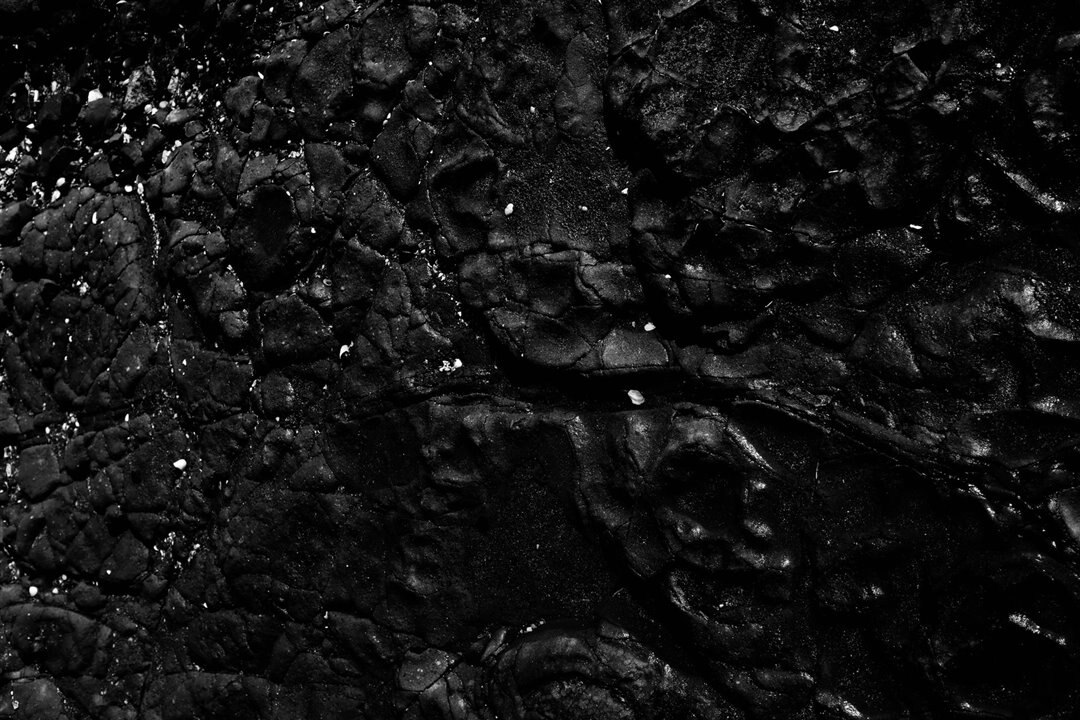
Instead of shutting down coal-fired plants or switching to renewables, Japan plans to burn hydrogen or ammonia. (Image Credit: Adrian Olichon/Unsplash)
Japan is facing immense pressure for its use of coal. Instead of switching to renewables or shutting down old coal plants, it plans to burn hydrogen or ammonia. Now, the country is building 22 coal-fired power stations, expecting to run on Australian-imported cheap coal.
Earlier this year, Japan and Australia launched a joint project in Victoria to convert lignite into hydrogen. Once converted, the hydrogen undergoes a liquifying process at -423°F. From there, it gets piped to a specially-designed ship that transports it to Japan. Currently, the greenhouse gases produced at the Latrobe Valley site shoot up in the atmosphere. Japan and Australia have promised to capture these gases, injecting them into the seafloor off the coast.
However, that plan raises some alarms because the technology to capture and store greenhouse gases remains unproven, forcing Japan to extract even more brown coal for decades. Even then, this solution is still more expensive than using fossil fuels. Japan selected blue hydrogen ten years ago when renewables were more costly.
Japan also needs affordable electricity to stay competitive and clean electricity for international credibility. Japan’s economy could suffer if this development experiences delays. These plants can also be converted to burn hydrogen or ammonia, which doesn’t create carbon dioxide.
Overall, Japan’s goal is to be the world’s first hydrogen economy. Meanwhile, construction continues for a coal-fired power plant on Tokyo Bay’s edge. It’s expected to be in full operation by 2023, running for at least 40 years.
Have a story tip? Message me at: http://twitter.com/Cabe_Atwell
